Most Customers Are Not Satisfied With Warehouse Robotics — DHL Insights
Insight 2030 — What DHL’s Latest Report Reveals About the Future of Supply Chains
DHL’s Insight 2030 report provides one of the most comprehensive snapshots of how supply chain leaders in North America view the next five years. Based on input from 350 C-suite and VP-level leaders, it captures both the optimism and the underlying tension shaping the modern supply chain.
Below is an analysis of the most important themes — and what they signal for operators, automation buyers, robotics vendors, and integration partners.
1. Supply Chains Are Now Core to Corporate Strategy — But Leaders May Be Overconfident
An overwhelming 99% of respondents say the supply chain is important or extremely important, signaling a shift from “cost center” to “strategic asset.” Yet 89% believe their supply chain is above average, a statistical impossibility that suggests blind spots in maturity awareness.
This overconfidence matters because it can mask gaps in:
Process standardization
Data-driven benchmarking
Technical integration
Operational resilience
Executives know the supply chain is strategic — but many misjudge how far they still have to go.
2. Technology Adoption Is High — but Satisfaction Is Not
Most organizations now have TMS, WMS, analytics tools, and various forms of automation deployed. 91% upgraded their WMS in the last five years — a remarkable modernization pace.
Yet the satisfaction gap is unmistakable:
C-suite leaders consistently rate their systems more positively.
VP/Director-level leaders — those closest to operations — report the most friction.
And one metric stands out:
Why Only 34% of Leaders Are Satisfied With Warehouse Robotics — And What This Tells Us
The DHL research shows only 34% of VP/Director-level leaders are fully satisfied with warehouse robotics deployments.
For an industry investing billions in automation, this is a strikingly low number — and it reveals several structural issues that transcend robotics itself.
Below is what drives this dissatisfaction, and why it supports the growing industry shift toward orchestration, interoperability, and independent integration.
A. Robotics Are Being Deployed Without True Orchestration
Most robotics solutions are introduced as isolated islands of automation:
A fleet of AMRs
A static piece-picking robot
A palletizing cell
A container-unloading robot
A shuttle or cube ASRS
A micro-fulfillment system
Each subsystem works — but they do not work together, and they do not share a unified view of:
Inventory
Workload
Task allocation
Priority rules
Congestion
Real-time conditions
This leads to:
Work-in-progress pileups
Starved workstations
Idle robots waiting on upstream bottlenecks
Lower-than-expected UPH
Dependency on manual “bridging” tasks
Most dissatisfaction stems not from the robots, but from the lack of a neutral orchestration layer capable of coordinating multi-vendor systems.
B. Throughput Claims Rarely Match Reality
The industry still lacks standardized, independently verified performance benchmarks.
As a result:
Robots rarely meet vendor-quoted throughput in real conditions.
Performance fluctuates significantly with SKU mix, carton quality, lighting, or handling requirements.
End users cannot compare systems fairly across vendors.
The gap between theoretical and real-world throughput is now one of the largest contributors to ROI disappointment.
This is exactly why advanced operators are shifting toward:
Real-world benchmarking
Digital twins and P95 peak simulation
Vendor-agnostic design reviews
Independent throughput validations
C. Integration Is the Weakest Link — Not the Robotics
Most supply chains now operate multiple automated systems, each with its own:
API
Rules engine
Constraints
Interface
Inventory view
But warehouses require one unified flow.
The weakest part of most automation deployments is:
The custom integration layer connecting robotics → WMS → WES/WCS
The lack of a unified “brain” orchestrating all processes
Vendor-specific black boxes that limit transparency
Patchwork logic developed by SI partners under time pressure
This operational fragmentation is the biggest inhibitor of robotics ROI today — and the biggest opportunity for companies offering neutral orchestration.
D. Robotics Requires Deep Workflow Redesign — Not Just Installation
Robotics underdelivers when:
Old processes are automated without redesign
ABC/ABCD slotting is outdated
Buffering, accumulation, and queue management are poorly engineered
Upstream/downstream flows are not synchronized
Workstations are not designed to match robotic rhythms
Exceptions aren’t engineered into the operational model
Robotics amplifies the strengths — and weaknesses — of existing workflows.
The companies seeing the best ROI redesign their entire flow before installing a single robot.
E. Vendors Are Not Integration Companies — And Don’t Want to Be
Robotics vendors excel at hardware and core software, but they are not incentivized to:
Integrate competing vendors
Provide transparent data
Support long-term orchestration
Ensure cross-system optimization
Prevent vendor lock-in
The result is a landscape where automation expands, but interoperability does not.
This is the foundation of the dissatisfaction highlighted in the DHL study — and the strategic opportunity for specialist firms that focus on independence, orchestration, and system-level engineering.
3. Cybersecurity Becomes the Top Concern
56% of leaders cite cybersecurity as the #1 operational risk, surpassing labor, service levels, and regulatory compliance.
This reflects:
Rapid digitization
Reliance on cloud-connected automation
IoT proliferation
Multi-vendor integrations
Rising sophistication of attackers
As supply chains modernize, cybersecurity becomes the new uptime.
4. The Next Five Years: More Facilities, More Complexity, Higher Costs
Leaders expect dramatic structural shifts by 2030:
73% expect increased investment in supply chain infrastructure
63% expect more warehouse space
57% expect more warehouses overall
Transportation and labor costs expected to rise
Only 22% expect faster order fulfillment
Only 29% expect labor reductions
This paradox — more automation but no labor reduction — signals that automation will increasingly support quality, resilience, safety, and consistency, not just cost cutting.
And again:
More nodes + more automation = exponentially more need for orchestration.
5. Disruption Is Normalized — And Drives Network Redesign
Leaders expect the following forces to impact their networks through 2030:
Cybersecurity threats (70%)
Higher labor costs (69%)
Labor shortages (66%)
Natural disasters (63%)
International tensions (62%)
This drives a shift toward:
Nearshoring
Regionalized networks
Multi-node strategies
Resilience-first planning
DHL’s data backs a growing trend:
volatility is no longer an anomaly — it is a design parameter.
6. Technologies That Will Reshape Supply Chains by 2030
Top technologies expected to have the biggest impact:
Machine learning, predictive analytics, genAI (76%)
Transportation technology advancements (73%)
Warehouse automation & robotics (73%)
IoT connectivity (71%)
Organizations expect a future where:
Data is real-time
Robotics is multi-modal and multi-vendor
Transportation is partially autonomous
Orchestration platforms coordinate end-to-end flows
AI predicts rather than reacts
This is consistent with what best-in-class operators already pursue:
automation only works when connected, orchestrated, and data-driven.
7. Barriers to Optimization Are Internal — Not Technological
Top barriers:
57%: Fear of disrupting production
56%: Lack of internal expertise
41%: Financial constraints
This aligns with a broader industry pattern:
Organizations believe in automation, but often lack:
Implementation expertise
Integration architecture
Operational design capabilities
Robotics engineering talent
Project capacity
Ability to redesign end-to-end flows
This is why 3PLs, 4PLs, and specialist integration partners are gaining influence faster than hardware vendors.
Final Takeaway: The Future Supply Chain Is Not About Buying More Technology — It Is About Making Technology Work Together
DHL’s Insight 2030 report reinforces a central truth:
Supply chains are evolving into multi-system ecosystems where orchestration, interoperability, and data harmonization matter more than any single piece of automation.
Organizations that thrive will:
Build vendor-agnostic automation strategies
Adopt neutral orchestration layers
Demand real-world robotics benchmarking
Use digital twins and simulation to design flows
Integrate humans + robots + systems into one coordinated model
Strengthen cybersecurity foundations
Avoid vendor lock-in as automation expands
Organizations that stagnate will be the ones still running disconnected systems by 2030.






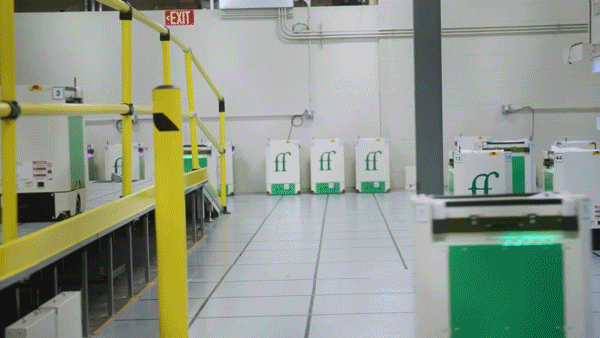

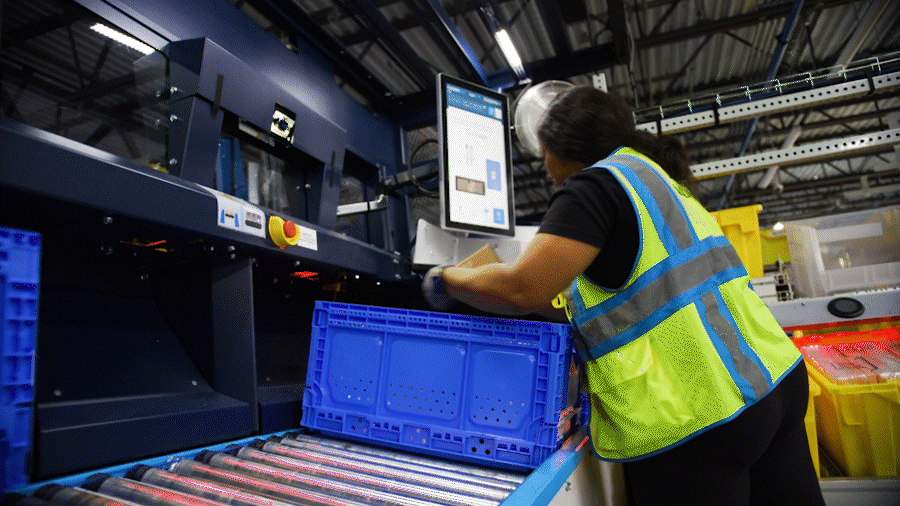







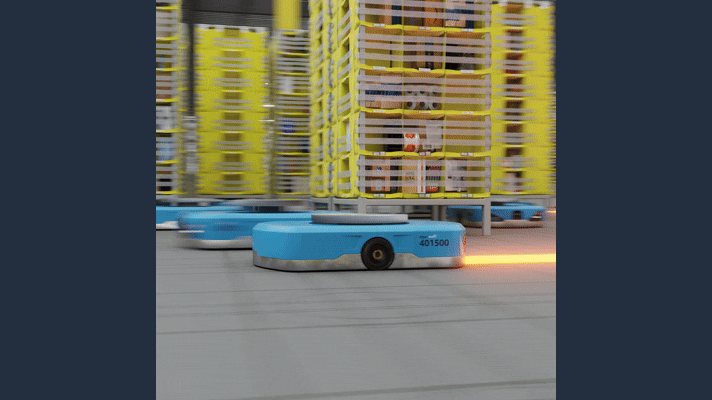








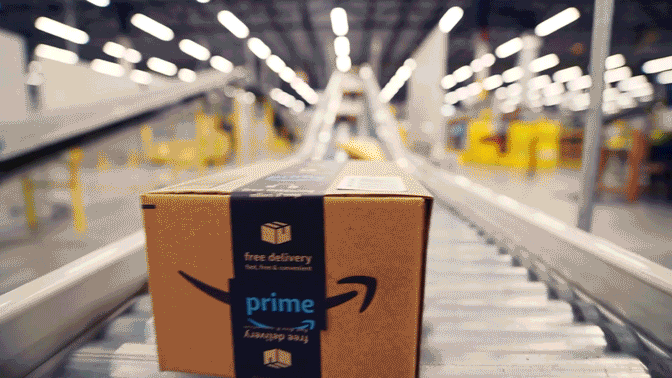




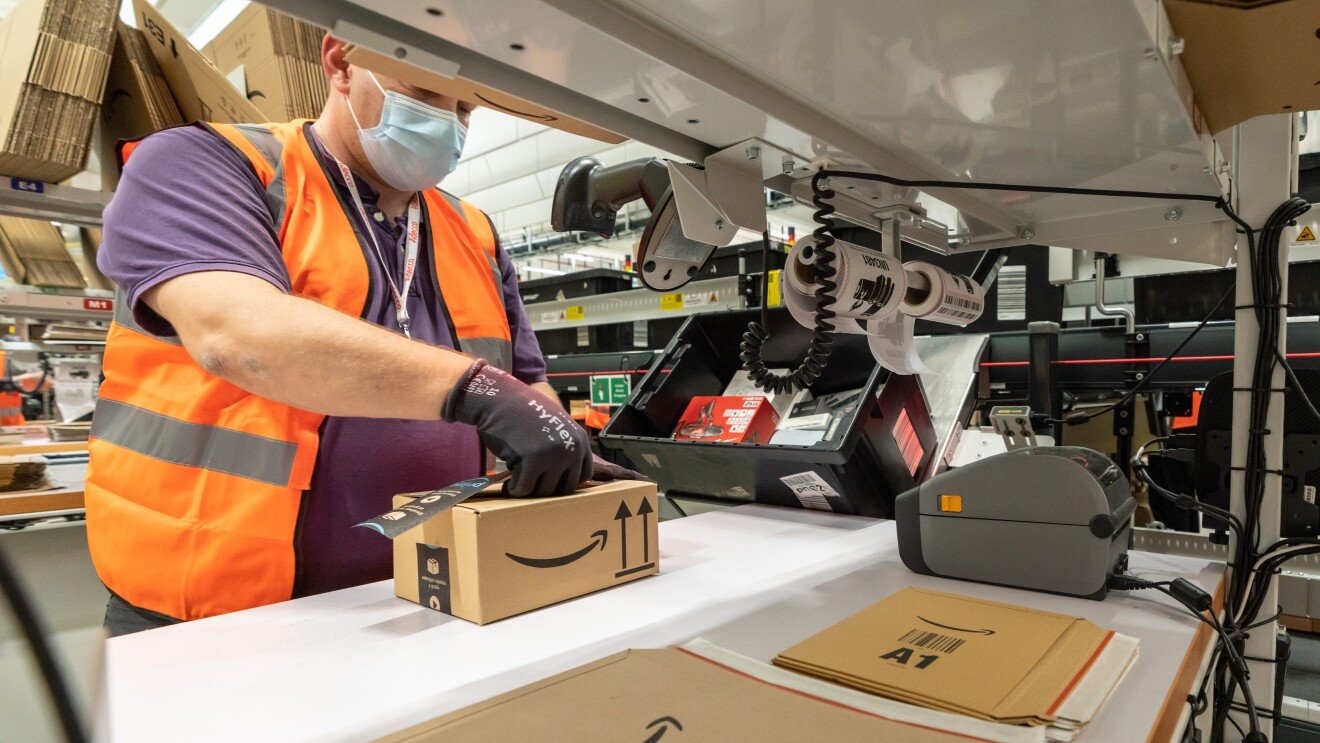



These smaller, high-velocity facilities store frequently purchased products—from fresh food and groceries to personal-care items and small electronics.